Legumes – Swiss farmers’ secret weapon against climate change

A group of farmers is betting on lentils and chickpeas as part of the solution to climate change in Switzerland. Such legumes are both drought-resistant and protein-rich but growing them is anything but easy.
Amid rising temperatures, legumes are taking root in Switzerland: hot, dry summers favour plants such as lentils, chickpeas and lupins, while thirsty crops like potatoes, beets or corn are yielding increasingly poor harvests – which also leads to increased prices for consumers.
Around the world, similar trends are taking hold. Global legumes production increased by about 60%External link between 2000 and 2021, including in areas outside the global South where the food is more traditional. Canada considers legumes “the future food” and has massively increased its cultivation since 2015, becoming the world’s second-largest legumes producerExternal link after India. Northern EuropeExternal link is tipped to become more favorable for legume production than the South due to climate change. Countries such as Denmark, The Netherlands and the UK are leading this transition.
Also in Switzerland, some farmers have already shifted their focus to legumes. “[They] make a lot of sense,” says Stephan Gysi, as he shows us his fields dotted with green lentil and chickpea seedlings.
The biologist works on an organic farm in the highlands near Zurich, experimenting with different crops, including legumes. He thinks these plants, which require little water, are ideal to help farms cope with climate change.
Growing more legumes could also exceed the Swiss demand for protein currently met by the meat, dairy and egg industries, all of which emit large quantities of carbon dioxide. A studyExternal link by the Swiss federal technology institute ETH Zurich finds that cultivating pulses – the dry, edible seeds of plants in the legume family – on land used for animal feed could nourish more people per hectare, thus reducing environmental costs. “There is a great untapped potential for cultivation,” the study states.
>>Watch how Swiss researchers are trying to bring legumes back to our tables:
Legumes nourish the soil and contain lots of protein
Gysi has no doubts about the legumes’ potential. Although his farm has only been working with these crops for two years, he is very proud of his fields. The lentil seedlings have survived the winter and are growing well by clinging to the long, strong stalks of barley ears which support them.
“Lentils have a thin stalk. It is common to grow them with another, stronger plant,” explains Gysi. The two plants help each other, with the barley feeding on the nitrogen that the lentils absorb from the air and release into the soil. This is how the legumes naturally fertilise the soil and reduce CO2 emissions caused by chemical fertilisers. Gysi calls it a “godsend” for farms that cannot use artificial fertilisers, such as those growing organic crops.
“Legumes fertilise the soil and prepare it for the next planting,” he says.

Lentils are also frost-resistant, meaning they can already be sown in autumn. This, according to Gysi, allows them to better compete with weed, which usually starts to grow in spring. In July, he will be able to harvest them and sell them at around CHF15-20 ($17-22.60) per kilogramme, compared to CHF5-10 for imported organic lentils. This is a high price for customers, but meat costs more for a similar protein intake. (One hundred grammes of raw lentils contain about 22 grammes of protein, compared to 20 grammes for beef).

More
The Swiss have to eat less meat by 2050. Here’s how.
Chickpeas and lupins are more difficult to grow in Switzerland
Lentils are among the easiest legume to grow in Switzerland, says Gysi. Brown “mountain” lentils used to be a widespread crop before intensive meat production took hold following the Second World War.
It’s a different story when it comes to chickpeas and lupins. These crops are new to Switzerland and few farms have taken a chance on them in the last 20 years. That’s beginning to change. The Hof Rinderbrunnen farm, where Gysi is employed, has set aside small plots of land for the experimental cultivation of different chickpea varieties, to find those best suited to the Swiss soil and climate and to identify the best cultivation techniques. “We are close,” says Gysi.
Black chickpeas are among the most promising varieties identified in the last two years. But they are not so popular among consumers because of their dark colour. “People don’t want to eat a grey hummus, even if it tastes the same,” says Sebastian Kussmann, legume breeder at gzpk, a non-commercial organisation for crop development. Kussmann explains that black chickpeas are often more resistant to fungi, an advantage for farms trying to do without pesticides.

For lupins – a legume common throughout the Mediterranean region – the search for the right varieties is compounded by several other problems. The soil in which they are grown must have low calcium carbonate content to avoid a disease called chlorosis, which causes the leaves to fall off too early. In addition, lupins can taste very bitter due to alkaloids, the plant’s defense substances that are toxic to humans and animals beyond a certain dose.

More
Pesticide-free but not organic: Swiss offer alternative to wean agriculture off chemicals
“We are trying to select sweeter varieties with low alkaloid, but it is not so easy,” says Christine Arncken, agronomist and lupin breeding expert at the FiBL Research institute of organic agriculture. The difficulty lies in finding varieties that have a low alkaloid content but are also resistant to the fungal diseases that commonly affect lupin crops in Switzerland due to the humid climate, she explains.

Weather and harvest logistics pose challenges
This year’s uncertain spring weather, with very hot days alternating with cold and rain, is another problem the legume farmers are facing. The chickpeas grown on the farm where Gysi works, which were supposed to flower in June, are two weeks behind. The sudden cold and heavy rains in April, after sowing, delayed germination.
“Usually in spring we had a safe window of time to sow the fields. But with climate change, it is becoming more difficult,” says Kussmann. That’s why it’s impossible to recommend a single type of legumes to farmers. “One year we need drought and heat-tolerant plants, another year water and cold-tolerant.” He thinks that diversity is the only solution.
But one of biggest challenges when cultivating legumes is the harvest. The seeds produced by the crops are often too low to be picked up by the threshing machines and sometimes half of the harvest remains in the field, explains Gysi. Several operations are required to harvest everything, such as cutting the plants by hand and then pick them up with the harvester. Once harvested, the lentils and other special crops must be dried within a few hours and then cleaned of impurities. Drying is an operation that Gysi describes as “critical” for the storage of legumes and to not lose the entire harvest. But in Switzerland, most drying facilities are made for harvests of more than five tonnes. “If we are lucky, we will reach four tonnes,” says Gysi.

Can consumers be convinced?
Farms that decide to switch from safe and common monocultures such as corn and wheat to pulses are still few and far between and are mostly in the experimental phase. Gysi acknowledges that it will be difficult to change the mindset of farmers, who find it too risky to grow pulses. “Most farmers like to do what they have always done and consumers like to eat what they have always eaten,” he says. ResearchExternal link confirmed that most people find it hard to contemplate replacing meat with legumes.
And when they do choose them, they rather look for processed products that are easy to cook, such as red lentils (which are nothing but hulled brown lentils) or meat substitutes, which are often pea-based. But the raw materials needed to produce them rarely come from Switzerland because the processing costs are too high. “The prices we can offer are very high compared to our foreign competitors, because our production is small and therefore sometimes inefficient,” says Melanie Rediger, legume marketing expert for the organic cooperative Biofarm.
Gysi is not discouraged. A few months ago, he helped launch a cooperative projectExternal link for specialty crops in his region. It will allow farmers and growers to network and share knowledge and technology for the harvesting and drying of legumes. Gysi and those he works with rely on direct sales to get in touch with customers. “We need to eat less meat and more plant protein, and legumes are rich in that,” says Gysi. Despite the challenges ahead, he remains convinced that “legumes really make sense from every point of view.”
More
Edited by Sabrina Weiss and Veronica De Vore/ds

In compliance with the JTI standards
More: SWI swissinfo.ch certified by the Journalism Trust Initiative


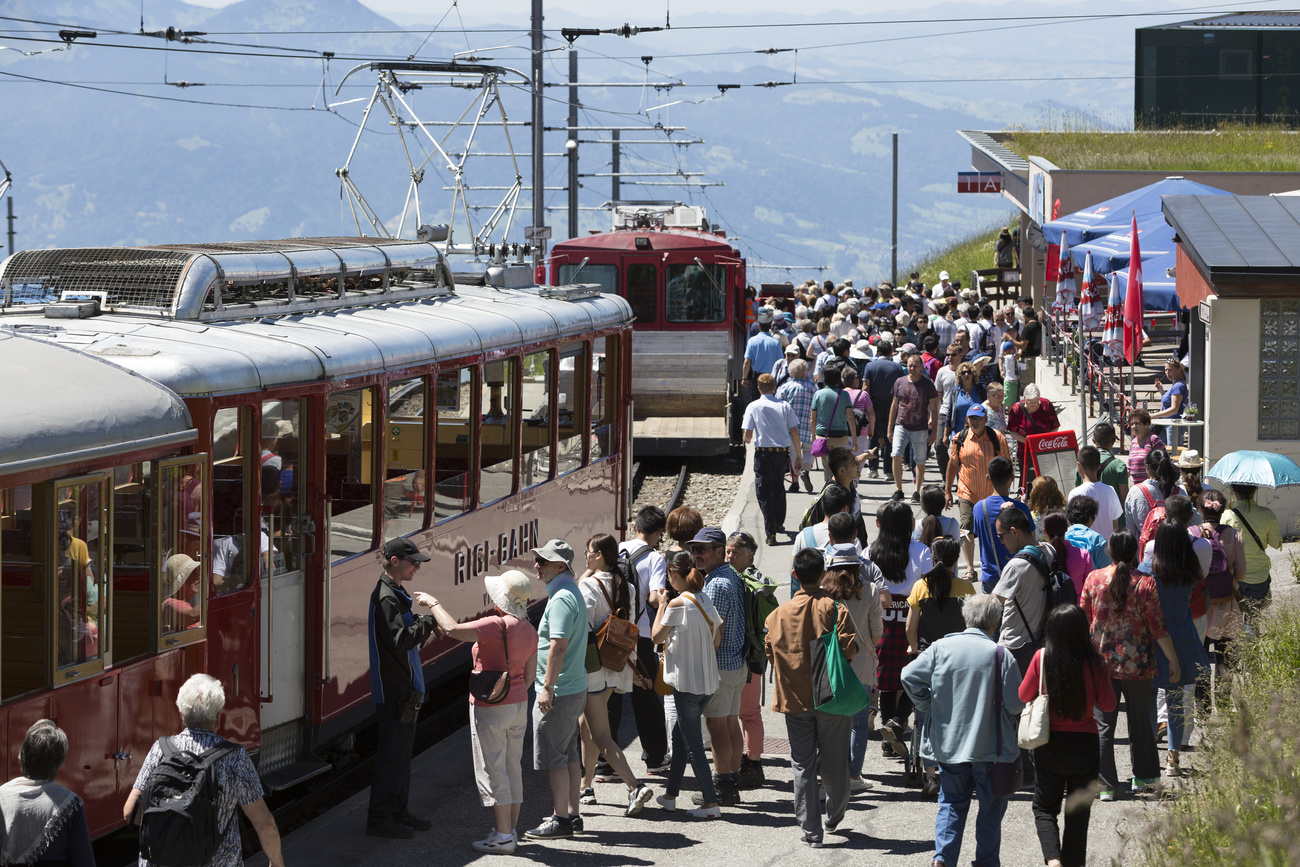
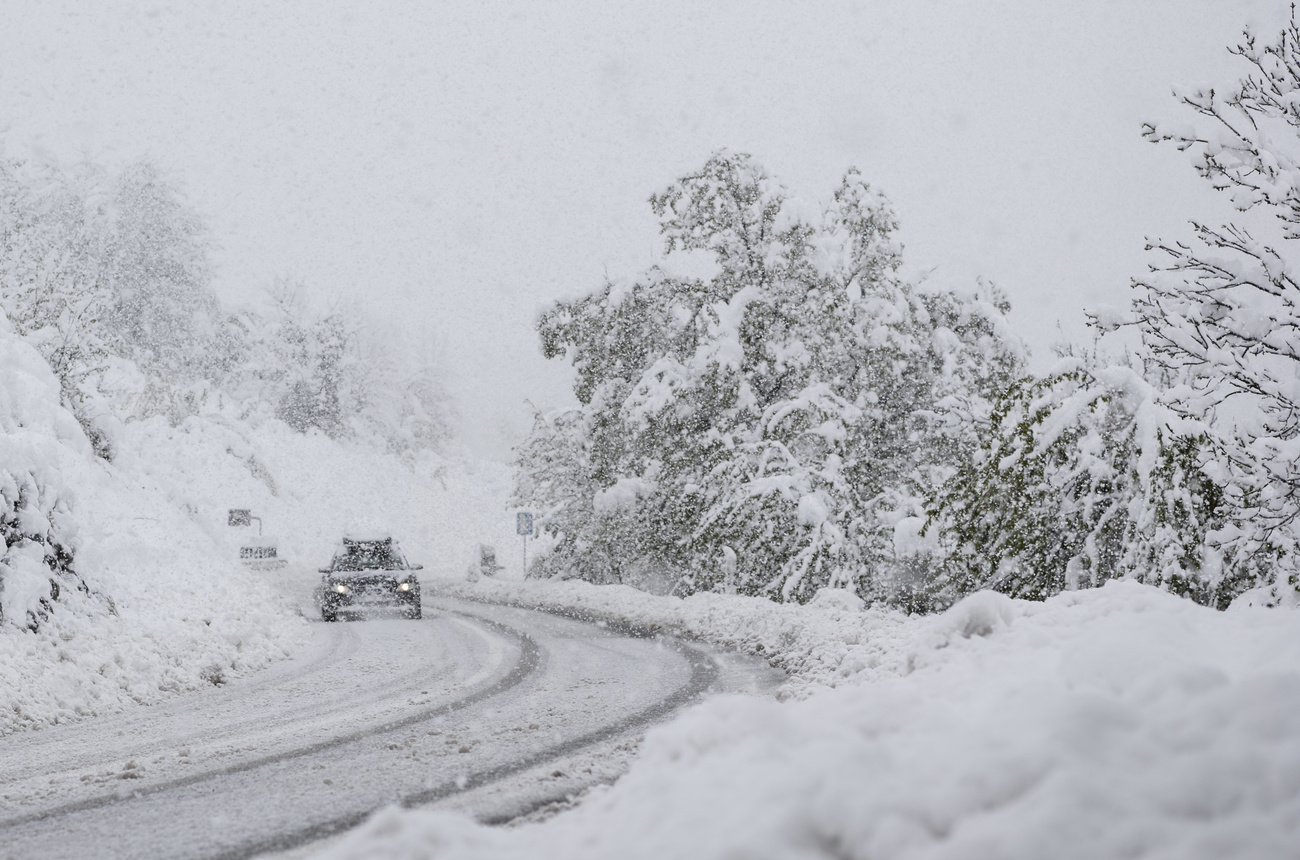
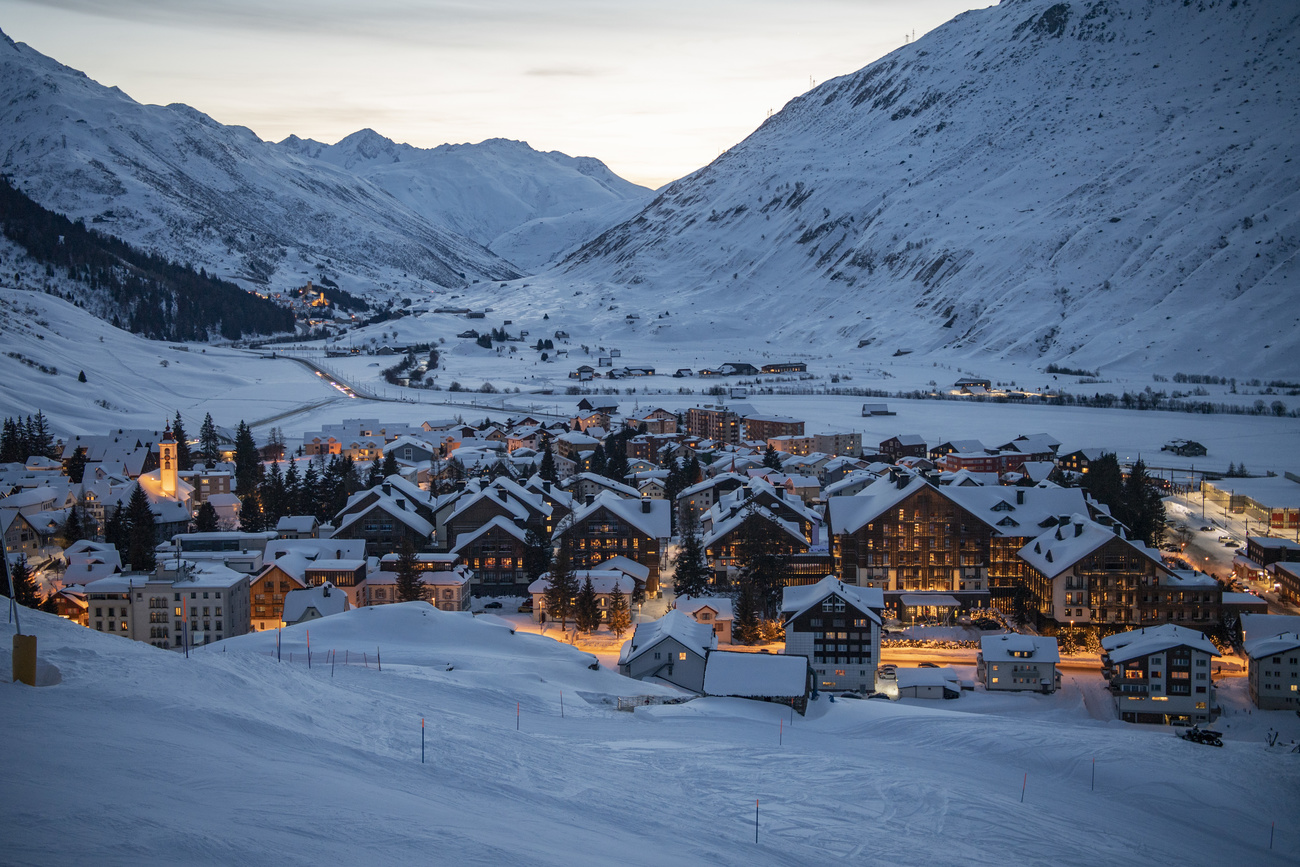





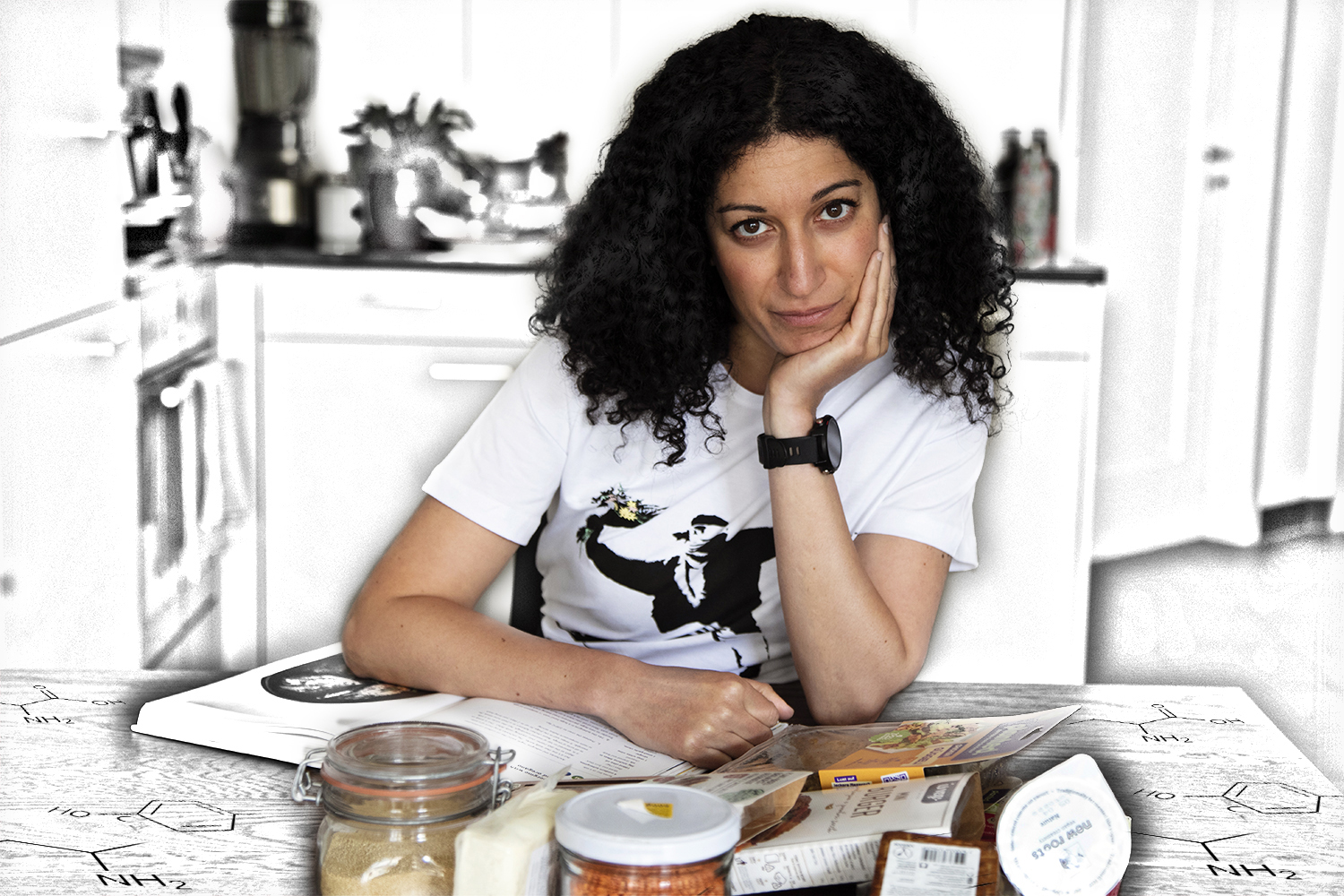
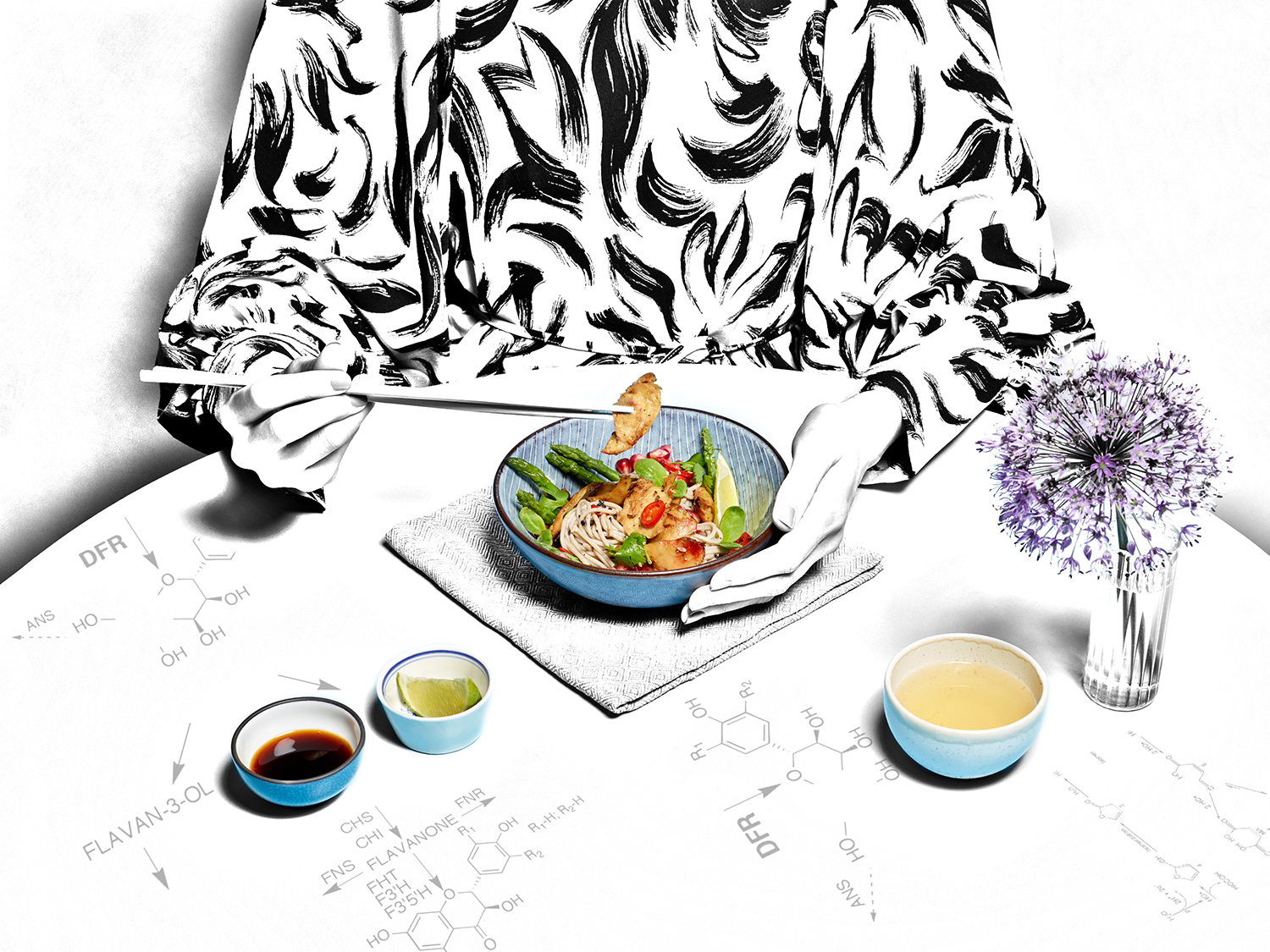

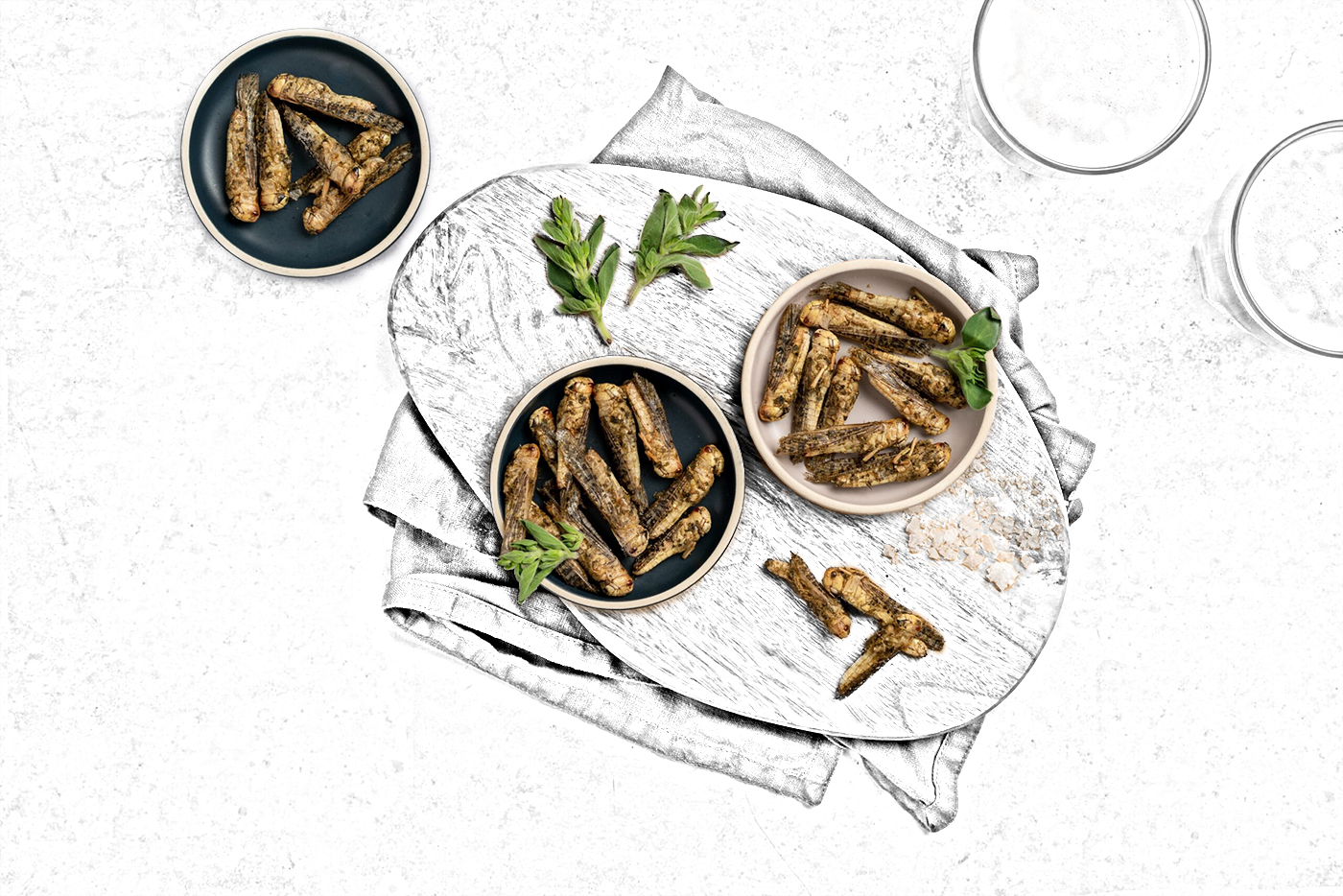

You can find an overview of ongoing debates with our journalists here . Please join us!
If you want to start a conversation about a topic raised in this article or want to report factual errors, email us at english@swissinfo.ch.